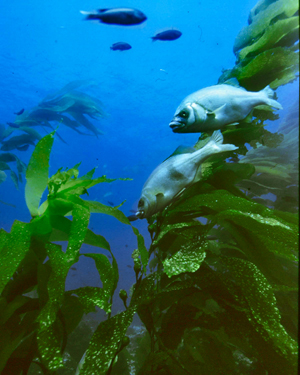Perch in giant kelp forest
Click on image for full size
Courtesy of NOAA
The Ocean Biome
There are many different types of living things that call the ocean home. The smallest creatures are so tiny that they can only be seen with a microscope. The largest creatures are blue whales, which can be as long as three school buses.
There are many different ways to live in the ocean, too. Some animals travel through the water. Others stay in the same place on the ocean floor for their entire lives. Some dig beneath the sand. Others float near the surface.
The ocean is not the same everywhere.† The temperature of ocean water, the amount of sunlight, and the amount of nutrients change from place to place.† Different creatures can live with different conditions.
Almost all marine life lives in the top layer of the ocean where sunlight shines through. Living things like plants make their own food using sunlight through the process of photosynthesis. They are the start of most food chains in the ocean.
Ocean water closer to the poles is colder than ocean water that is closer to the equator. Water that is deep in the ocean is colder than water that is near the ocean surface. Many animals can only survive at certain temperatures.† Other animals in the ocean are able to survive at a range of temperatures and can live in more places in the ocean.
The links below describe four different environments in the ocean that living things call home.†
Last modified June 1, 2010 by Lisa Gardiner.
You might also be interested in:
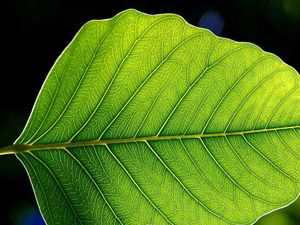
There are many different kinds of plants. Some have big leaves. Some have small leaves. Some even have flowers. All plants make their own food. When sunlight hits the leaves of a plant, photosynthesis
...more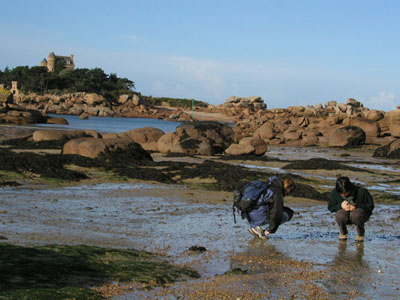
The intertidal zone is the area along a coast that is underwater at high tide and above the water at low tide. Creatures that live in the upper part of the intertidal zone are only covered with water during
...more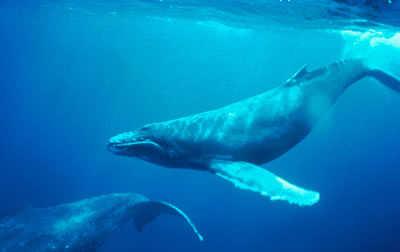
The open ocean is the largest area of the marine ecosystem. It reaches from coasts to the middle of the ocean. The living things that survive in the open ocean need to have a way to float or swim in ocean
...more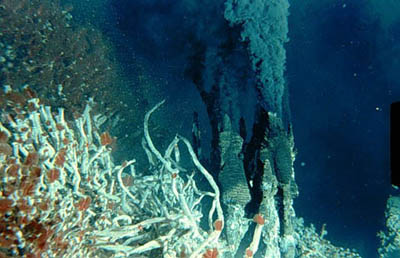
The deep ocean can be a difficult place to live.† The water is very cold and itís always dark there. Sunlight can not get down that far. Itís not always easy to find food. For some animals, food comes
...more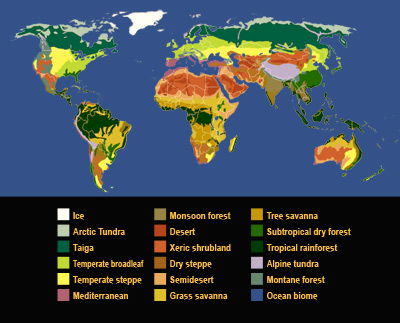
Biomes are large areas of the world where there are similar plants, animals, and other living things. The living things are adapted to the climate. Explore the links below to learn more about different
...more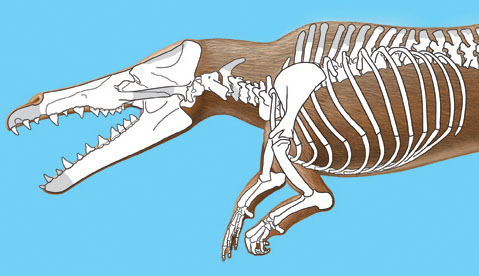
Scientists discovered two fossil whales in 2000 and 2004 in Pakistan. They dug up the fossils, transported them back to labs, cleaned off the fossils and then worked on the fossils for a few years. Their
...more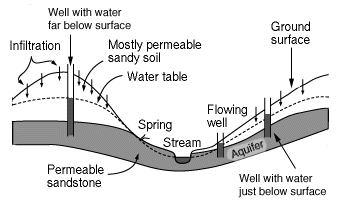
An aquifer is the name for a layer of rock which is capable of holding a large amount of water. Some layers are better at holding water than others, for example a layer of sandstone can hold a good deal
...more


